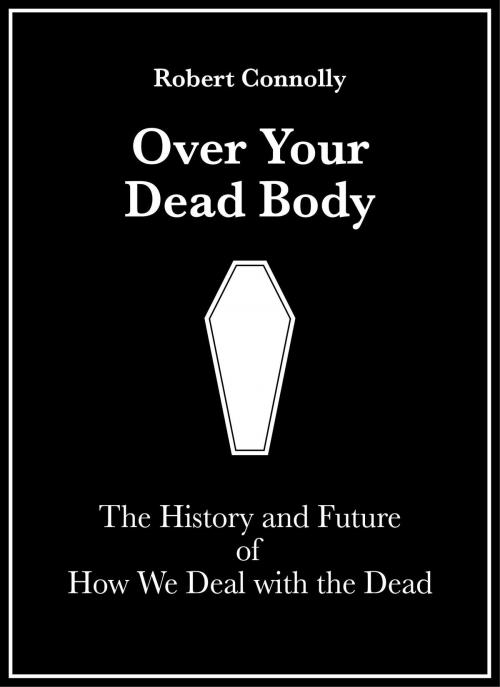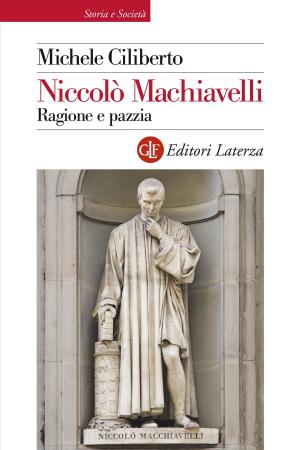Over Your Dead Body: The History And Future Of How We Deal With The Dead
Nonfiction, Social & Cultural Studies, Social Science, Cultural Studies, Death & Dying, History, Modern| Author: | Robert Connolly | ISBN: | 9781311732651 |
| Publisher: | Robert Connolly | Publication: | October 9, 2015 |
| Imprint: | Smashwords Edition | Language: | English |
| Author: | Robert Connolly |
| ISBN: | 9781311732651 |
| Publisher: | Robert Connolly |
| Publication: | October 9, 2015 |
| Imprint: | Smashwords Edition |
| Language: | English |
Over Your Dead Body is a nonfiction book with a very personal narrative that reads like a novel.
It takes in real life experiences, the science of death and caring for the dead, the after-death existence of pharoahs, kings and dictators, a recipe for medieval funeral cake, how 20,000 people in post-communist Poland were murdered because they were worth more dead than alive and why we wear black at funerals.
It begins with a brief behind the scenes look at undertaking, and the day to day experience of working in the funeral business. We learn what undertakers do, about their curious obsession with embalming and exactly how they do it, its history from ancient times through to present day corpses being turned into plastic, and a modern day version of an Egyptian mummy created by archaeologists from a donated body. Further glimpses of personal experience are used later on to illuminate the problems that arise from the laws of science and natural processes – sometimes gruesome, often surprising, always revealing.
After this brief but vivid introduction, the origins of funeral ceremony are uncovered through accounts of medieval heralds and royal funerals, with their roots surpringly often related to the science of decomposition and the hit and miss methods that attempted to deal with it.
We also learn what ordinary people did before there were undertakers, and the combination of social upheaval, snobbery and 'mission creep' that led to their appearance, their rise to glory in Victorian times, and the global industries created to provide the rigmarole they traded in.
There are chapters on sex and death, and death and the law – who legally owns a dead body? The final section explores the future of how we deal with the dead, and new technologies set to replace cremation and burial, with an ecological audit of the different methods, old and new. It also has practical advice on how to conduct a funeral without using an undertaker.
The narrative is peopled throughout with bizarre characters who cross over between the death business and the the worlds of medicine, warfare, literature, crime, religion and big business: the first man to die in the American Civil War and the man who created a new industry by embalming him, the earl’s son who made art out of human body parts, the first modern embalming, who was kept in the parlour by her husband, the man who made cremation legal, and who wore a comic book hero’s costume in the 19th century…
and perhaps surprisingly, there is also humour.
Over Your Dead Body is a nonfiction book with a very personal narrative that reads like a novel.
It takes in real life experiences, the science of death and caring for the dead, the after-death existence of pharoahs, kings and dictators, a recipe for medieval funeral cake, how 20,000 people in post-communist Poland were murdered because they were worth more dead than alive and why we wear black at funerals.
It begins with a brief behind the scenes look at undertaking, and the day to day experience of working in the funeral business. We learn what undertakers do, about their curious obsession with embalming and exactly how they do it, its history from ancient times through to present day corpses being turned into plastic, and a modern day version of an Egyptian mummy created by archaeologists from a donated body. Further glimpses of personal experience are used later on to illuminate the problems that arise from the laws of science and natural processes – sometimes gruesome, often surprising, always revealing.
After this brief but vivid introduction, the origins of funeral ceremony are uncovered through accounts of medieval heralds and royal funerals, with their roots surpringly often related to the science of decomposition and the hit and miss methods that attempted to deal with it.
We also learn what ordinary people did before there were undertakers, and the combination of social upheaval, snobbery and 'mission creep' that led to their appearance, their rise to glory in Victorian times, and the global industries created to provide the rigmarole they traded in.
There are chapters on sex and death, and death and the law – who legally owns a dead body? The final section explores the future of how we deal with the dead, and new technologies set to replace cremation and burial, with an ecological audit of the different methods, old and new. It also has practical advice on how to conduct a funeral without using an undertaker.
The narrative is peopled throughout with bizarre characters who cross over between the death business and the the worlds of medicine, warfare, literature, crime, religion and big business: the first man to die in the American Civil War and the man who created a new industry by embalming him, the earl’s son who made art out of human body parts, the first modern embalming, who was kept in the parlour by her husband, the man who made cremation legal, and who wore a comic book hero’s costume in the 19th century…
and perhaps surprisingly, there is also humour.















